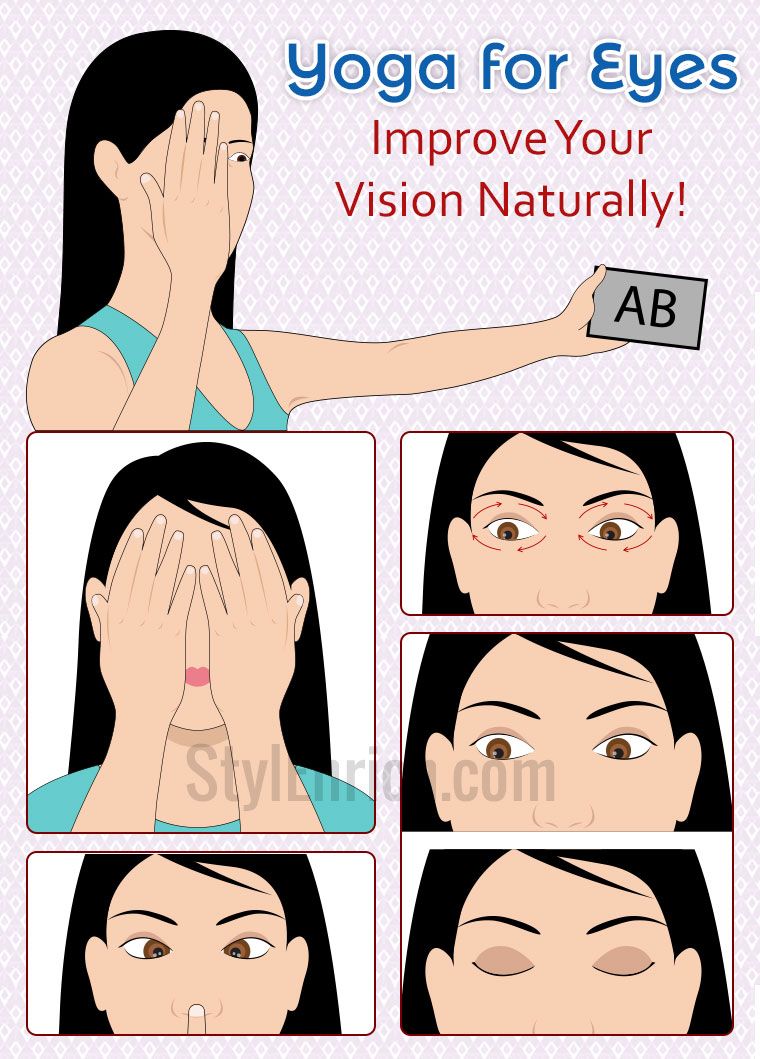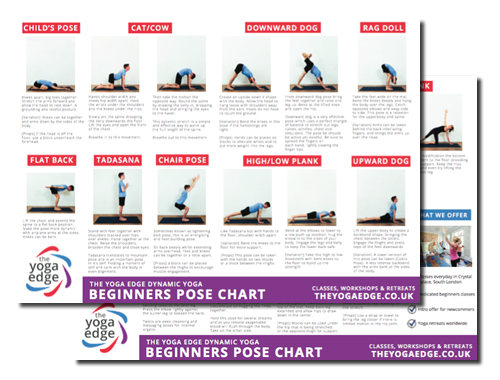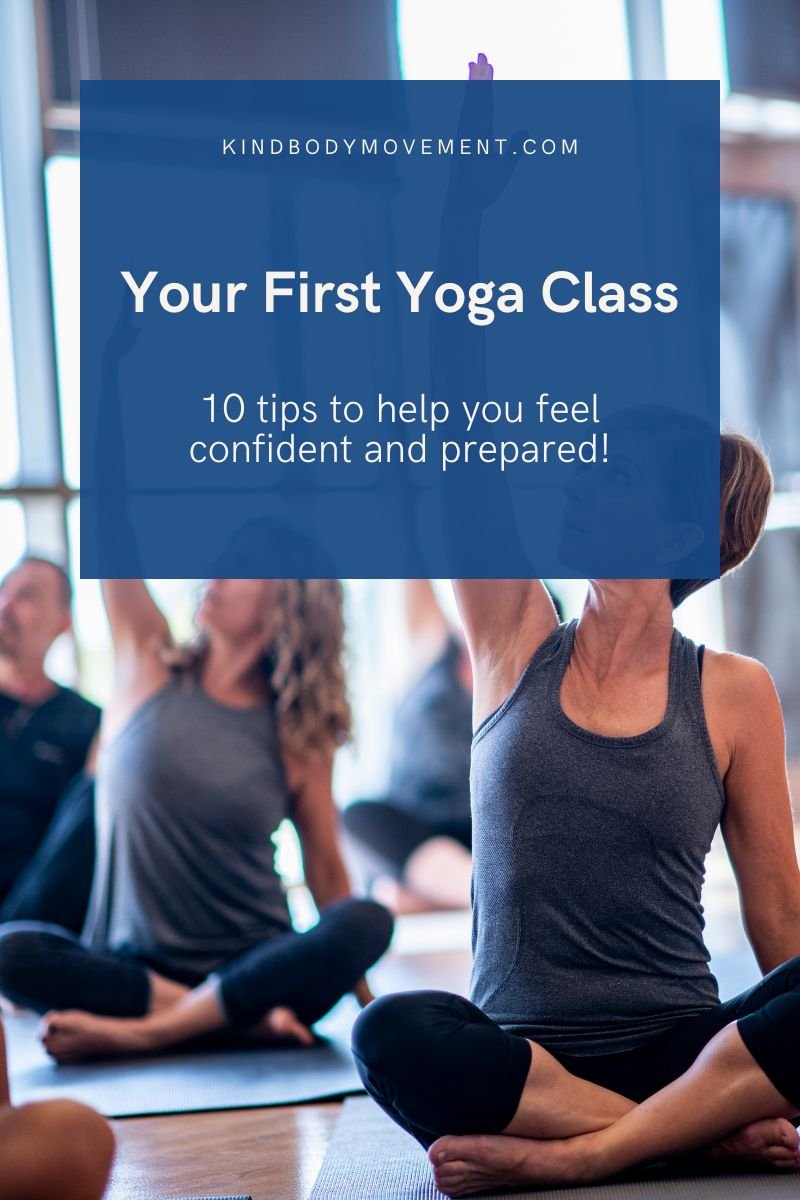
Iyengar Yoga is an excellent style for beginners. It emphasizes focus, awareness, and alignment. It also has a therapeutic approach. It is a great introduction to yoga for beginners. You'll discover how to practice all the poses and find your personal best.
Iyengar yoga is a style of yoga for beginners
Iyengar yoga is one of the most popular styles of yoga. This style dates back to the 70s and was inspired by the teachings B.K.S., a world-renowned Yogi. Iyengar was also the author of Light on Yoga. The Iyengar method stresses correct technique and alignment. It consists of more than 200 poses and fourteen breathing techniques. It is both suitable for advanced and beginners yogis.
Although there are many forms of yoga, Iyengar Yoga is the most suitable for beginners. It emphasizes proper alignment, proper posture, as well as breathing. Many studios will stock props to assist beginners and make the poses easier to learn.
It emphasizes alignment. Focus and awareness.
Iyengar Yoga is the best way to learn yoga if you want a systematic and methodical approach. This style emphasizes alignment. Focus, awareness, and focus. It will help you understand your body better and teach you how to do different poses.

Asanas can also be held for longer durations to ensure proper alignment. The focus is on the skeletal and muscular alignment. Props are often used to help students achieve the correct alignment. Breathwork and meditation are encouraged. An experienced teacher will lead you through the practice.
It is a sophisticated technique
The Iyengar style of yoga is a good choice for beginners because of its emphasis on alignment and use of props. These aids help students achieve correct alignment so that they can perform asanas safely and harmoniously. While many yoga styles emphasize experimentation, this style encourages a structured approach that prevents injury to beginners.
Iyengar yoga, while not a religion, is deeply rooted in Hindu philosophy. The technique encourages students to become spiritually aware as they practice it. For beginners, you can modify poses and use props to prevent injury or pain.
It is a great therapeutic practice.
Iyengar Yoga can be therapeutic for any level of practitioner, whether you are a beginner or a seasoned practitioner. The style combines both asanas and pranayama exercises to help unite the body. Pranayama is a form of exercise that strengthens and stretch the body. Asanas help to increase flexibility, strength, and mobility. These techniques combined can transform your mind and bring out your spirituality. To become certified to teach Iyengar yoga, teachers must adhere to a code of ethics, have completed an extensive study program, and have passed both written and practical examinations. They must also continue practicing and teaching to keep their certification.
Flexibility and adaptability are two of the greatest benefits of Iyengar Yoga. You can use yoga props to modify the poses. Beginners should start with basic yoga poses. Then, they can build their strength as well as flexibility slowly. For those who would like a more intense cardiovascular workout, you can try other styles such as power yoga or vinyasa yoga.

It's a transformational experience
Iyengar Yoga for Beginners is a wonderful place to begin, regardless of whether you are new or an old practitioner. You will be challenged not only in your physical body, but your mind and your spirit as well. It will change you from the inside out.
Iyengar Yoga for Beginners emphasizes alignment, correct form and correct postures. This form of yoga builds strength, stamina, balance, flexibility, and well-being. It teaches students how to live in the present.
FAQ
Do I need to be flexible to practice yoga?
It depends on what kind of yoga you choose. Some styles of yoga require flexibility. Others focus on muscle strength.
Also, different levels of flexibility are required depending on the style of yoga. For instance, beginners may only need to stretch their arms overhead. Intermediate practitioners will need to bend forward and touch the toes. Advanced practitioners might need to do deep twists or bends.
Do I need special equipment?
To practice yoga, you don't need to have any special equipment. You might prefer to use certain props, such as blankets, straps and blocks.
If you are interested, take a look at our Yoga Equipment Guide. We recommend choosing products made of natural materials as opposed to plastic.
Is there too much yoga?
Yoga is not a sport. There is no minimum number of repetitions you must do before becoming tired. Instead, take the time to enjoy each step and be patient.
If you make a mistake once in while, don't be discouraged. Just pick where you left off the next time you get the chance.
You can start by doing 10 to 15 minute sessions, then build up to more advanced classes.
How long does it take to learn yoga?
Yoga is a long-term journey that requires patience and dedication. The truth is that everyone has his/her own pace when learning new things.
It doesn't make a difference how old you might be. Any yoga routine can be mastered if you are committed and persistent.
Statistics
- About one in seven U.S. adults practiced yoga in the past 12 months, according to a 2017 national survey. (nccih.nih.gov)
- The American Psychological Association recently shared that 84% of American adults feel the impact of prolonged stress (5). (healthline.com)
- Lock in 25% off your Founding Member rate. (corepoweryoga.com)
- According to calorie estimates calculated at Harvard Medical School, the average 125-pound person burns about 120 calories in a half hour of hatha yoga, and a 185-pound person burns about 178 calories in that half hour. (everydayhealth.com)
- In comparison, a 125-pound person is estimated to burn 135 calories in 30 minutes of walking (at a pace of 15-minute miles) and 210 calories bicycling at a moderate pace on a stationary bike. (everydayhealth.com)
External Links
How To
Can yoga help with menopause symptoms?
Yoga, an ancient form of meditation, focuses on breathing, stretching, and meditation. It originated in India. It has been used for thousands years to help people stay fit. It has been increasingly popular in recent years as people look for alternative ways to stay healthy and active during times of stress or illness.
Yoga is all about physical poses (asanas), which are used to stretch muscles, improve posture, increase flexibility and increase flexibility. This can help relieve tension, increase strength, and endurance.
There are many types of yoga: Hatha, Vinyasa flow and Bikram. Each type is focused on different aspects of the human body, such relaxation, breath, stretching, or breathing.
All forms of yoga have the same goal: to restore balance within the body as well as the mind. Yoga can improve your fitness, sleep quality, weight loss and energy levels as well as reduce stress levels.
Yoga may be beneficial in the treatment of anxiety, depression, insomnia, and other conditions. But, it is difficult to prove its effectiveness for other health problems such as menopause symptoms.
Yoga can help you feel happier and healthier, as well as teach you how to relax in stressful situations. This could be very helpful for menopause.
It is important to note that yoga can cause muscle soreness after exercise, so starting at a low-intensity level is wise. You should consult your doctor if there are any concerns regarding your medical condition.